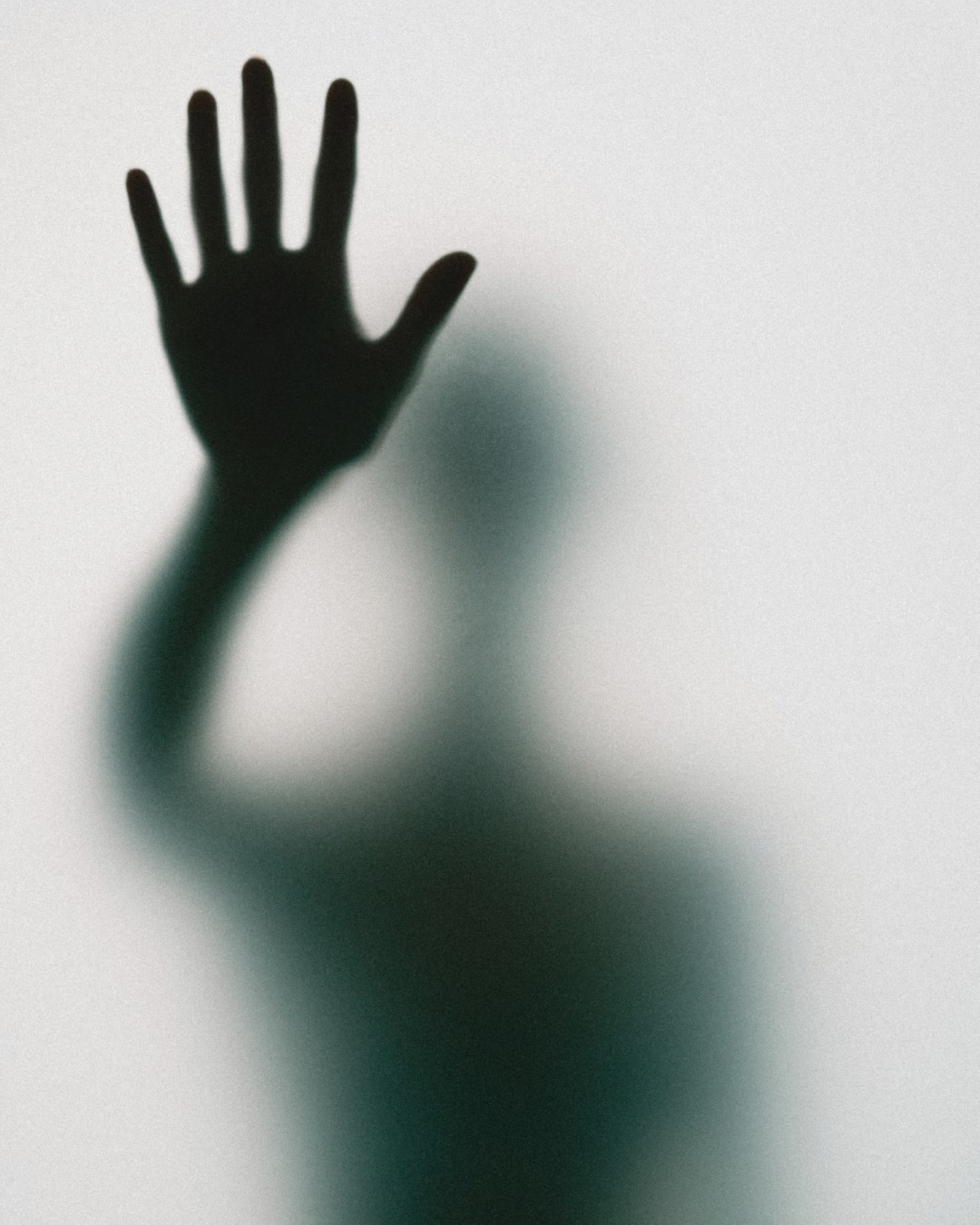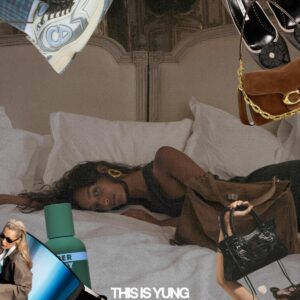As rap battles took over Egyptian streets starting 2017—mostly in Cairo and Alexandria, with Ismailia throwing in a few wildcards—a new wave of rappers began to emerge. A select few rose through the ranks, and the victors of these early underground clashes would, just a few years later, become the faces—and perhaps even the gatekeepers—of a commercial Hip-Hop scene that would upend the Egyptian music industry.
It was in 2019 when things started moving. The rap purists and SoundCloud loyalists of the once tight-knit subculture, began to multiply, debate, and evangelize, turning their favourite rappers into local legends. The numbers swelled and boiled over, and before anyone could clock what was happening, an entire industry started forming around it. But not in the polished, label-mandated way—not with a five-year growth plan in hand. There weren’t any clear contours, just an effervescent boom that kept heating up and exploding erratically. The infrastructure, built in a frantic and unplanned rush, was more reactive than proactive. There were no established pathways, no strategic long-term vision—only the imperative to cash in on each moment of virality.
Because in those early days, no one quite knew what an industry really looked like or how it operated. There were no established blueprints, no clear-cut career paths, no talk of legacy or sustainability. There was just an open playing field where whoever made the most addictive, head-nodding, view-racking banger won.
It was the era of “firsts.” The first viral rap hits, the first big-budget music videos, the first proof that making music could actually be a career. It was a scene built and fuelled by unconditional creating. There was no expectation for the artist to think beyond the moment. The stakes were lower, which paradoxically made everything feel bigger. The only focus was creating—pushing the sound forward, dropping music that actually moved people. It was this creative urgency that ushered in the musical gold rush that would sweep through the region.
Egypt was the first to cash in. What had once been an insular, underground world became a goldmine. Suddenly, rap wasn’t just a thing—it was the thing. Wegz, Pablo, Marwan Moussa, Abyusif, they were now the front-runners in a new musical economy. Brand deals, major-label interest, festival slots—things that were unthinkable a few years prior were now just part of the game.
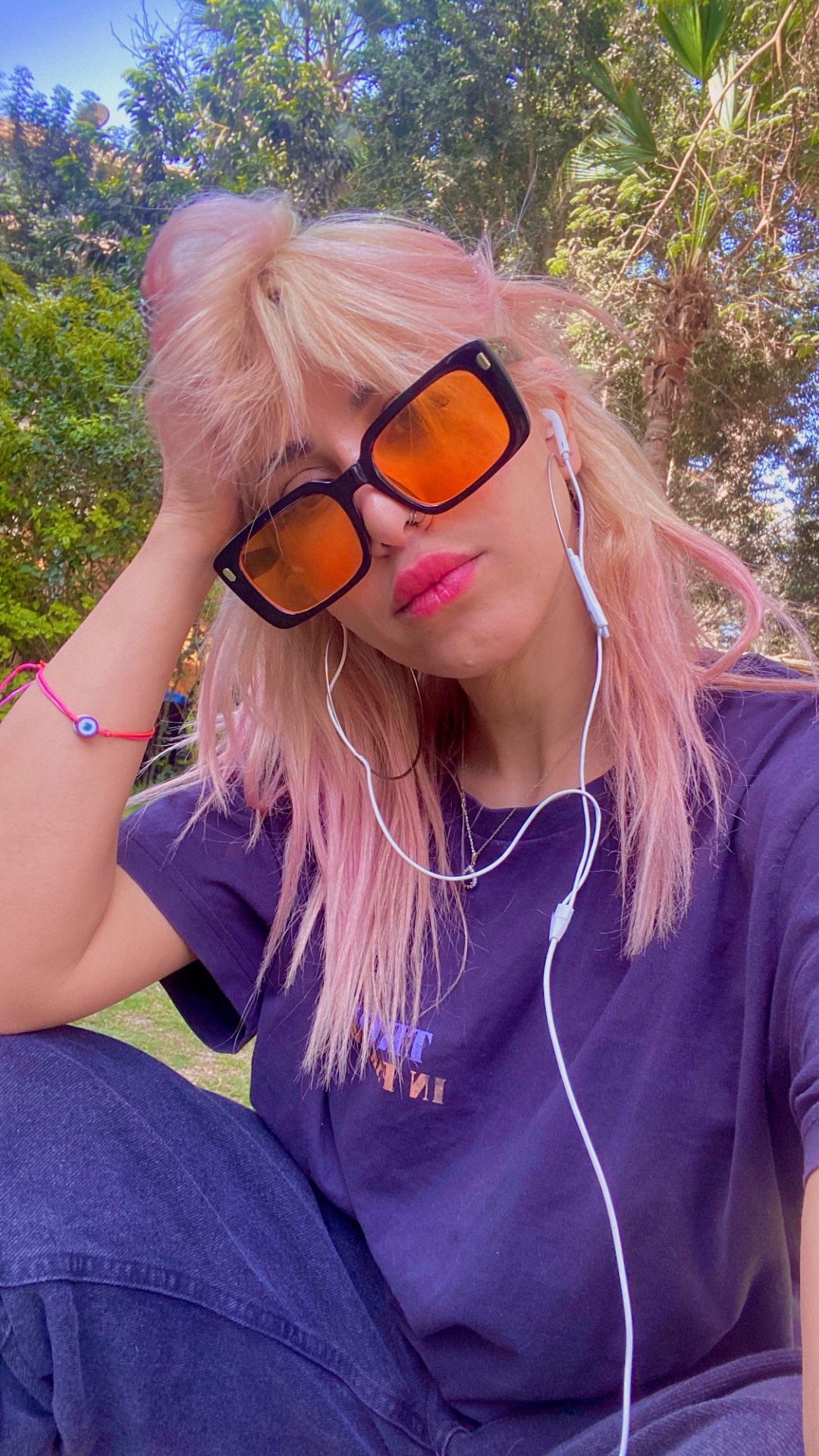
“Egypt has always been the exporter of music and entertainment to the region. And with a population of almost 110 million, we are big consumers of media. But for a good few years, the mainstream music scene as a whole was stagnant until a wave of Hip-Hop artists revived it and the rest of the region started to pay attention again,” says Amy Stefanie, artist manager, strategist and self-proclaimed oracle.
The gold rush that kicked off in 2019 was a double-edged sword—on one hand, it elevated music into a legitimate industry that could fund careers, but on the other, it exposed artists to the same industry pitfalls that exist globally.
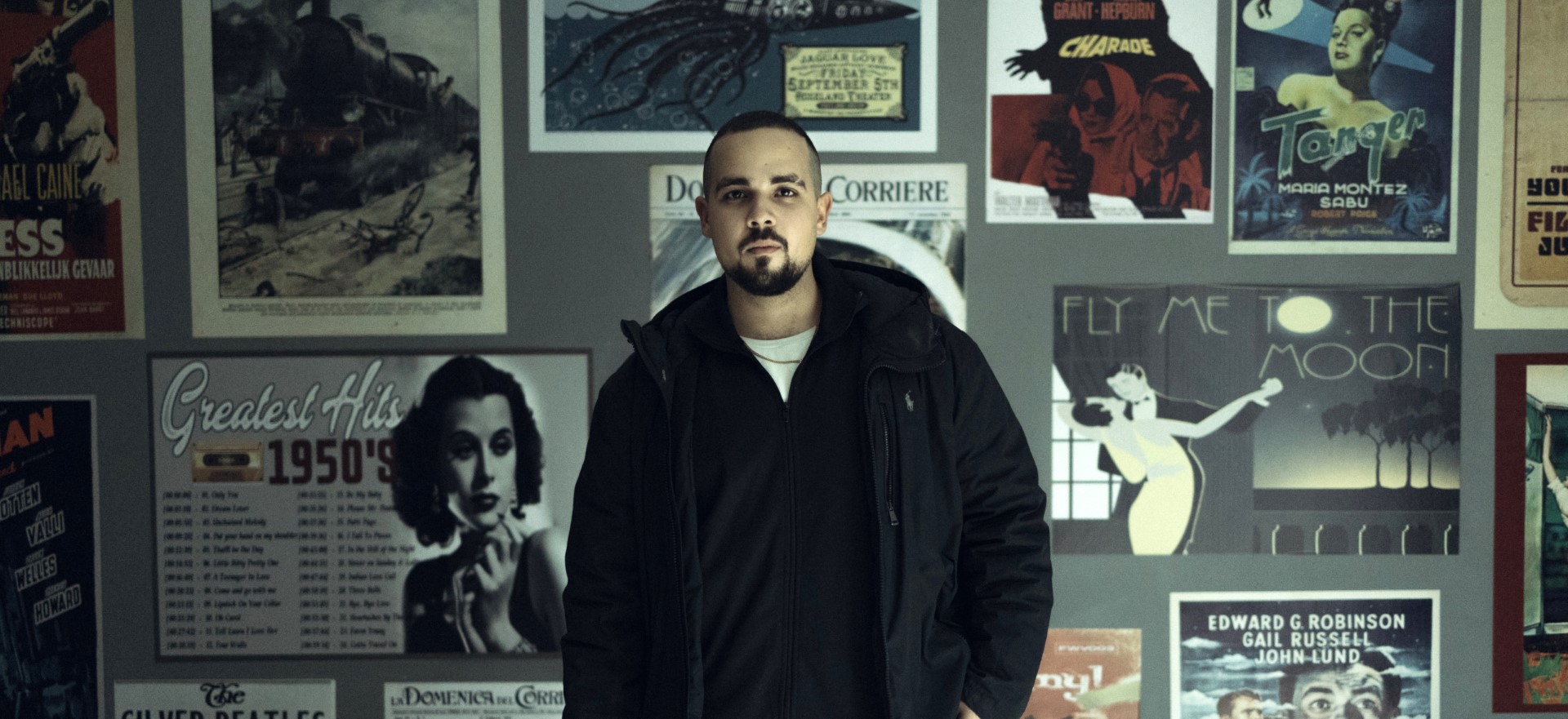
This pattern, what we might call the Disappearing Artist Syndrome, is not just about individual careers—it’s about the structural realities of an industry that demands constant momentum and is only now getting to the stage where it can think about how to support long-term artistic growth. Dodi, the former founder of Mtown mafia, sums it up: “The lack of structure makes artists disappear faster. There’s no second chances. Hip-Hop labels, or specifically indie Hip-Hop labels, are the creative hubs for second chances. Every Hip-Hop artist in America or most countries, has a few more albums in him before disappearing. There’s this pattern of releases in the region: you release one breakthrough, release again, go bigger, and then you cool off—and it’s just downhill from there.” His observation underscores a critical gap in the local scene: while mature markets offer robust support systems that allow artists to evolve over multiple releases, the MENA industry often lacks the necessary infrastructure to sustain long-term growth.
At first, there was no industry—just music pouring out at an unprecedented rate. As hit after hit emerged, a small beginning began taking shape, not as a structured machine but as an ecosystem scrambling to ride the wave. With no established infrastructure to climb, independent artists and small labels focused on maximizing impact in the moment—pouring everything into making the best music video, crafting the next big hit. It was pure momentum, paving the road as they went, with no clear destination in sight. As this energy spread regionally, these roads were being built in real time.
“Despite this huge movement and seismic shift, only three to four rappers have ‘made it,’ while the majority are stuck on the periphery. The reasons are plenty, but one thing is for sure, talent is not enough. Especially if the development and support to kick-start a successful career are non-existent,” Stefanie explains.

With this under-construction industry came new expectations. Artists could no longer rely on hits alone—they had to think about longevity to sustain a career. “Some artists burn out because they’re chasing hits. They think their next release has to be as big as their last one, and that pressure kills creativity,” Trying to replicate a hit is a sure fire way to fail, shares Firas Abou Fakher, VP of Universal MENA. “Most great artists evolve, not repeat.”
It wasn’t just about being first anymore; it was about finding a way to stay. The old model of dropping music and riding momentum gave way to strategy. Securing brand deals, landing commercials, and crafting a personal narrative became just as important as the music itself. As the industry grew, so did the stakes. Competition intensified, and making music became only one piece of the puzzle—now, it was about calculated rollouts, editorial placements, collaborations, and, more recently, signing with major labels.
“Artists lack the basic knowledge of how the industry works, which to be fair until recently was gatekept and exclusive to mainstream artists. They can see the possibility of a very attainable and successful career, but they just don’t know how to get there,” says Stefanie
Artists who passed a certain threshold could start building viable careers—earning from bookings, licensing, streaming (to an extent), and label or brand deals. But these opportunities were still new concepts, and navigating them required strategy. It meant juggling multiple revenue streams and knowing how to use them effectively. Dodi weighs in: “The main reason all these artists disappear is a failed financial model, essentially, there’s not enough money for everyone. Artists have expectations to become extremely rich, which is not the case with music in Egypt because music is made of multiple streams of revenue, and not each one makes a lot of money when mismanaged. And you can’t get all of them if you don’t have a proper team. And a proper team won’t stick around if you don’t pay them properly.” Music industry literacy remains limited, and many artists and managers are still figuring out how to truly build a career—how to make distribution, PR, and marketing work for them in the long run.

Without this foundation, many rappers who went viral between 2019 and 2021 struggled to maintain momentum. As founder of Freedom Music and Kord Agency Mahmoud Zidan puts it, “The industry leans more toward quick success. Many artists blow up with one hit, gaining hype, media attention, and interviews. But once the buzz fades, so does the support. The challenge is maintaining momentum beyond that initial wave. Artists need consistent backing, even when their numbers slow down, to build sustainable careers rather than being left behind after a brief moment of success.”
Mtown Mafia’s rise and fall perfectly illustrates this struggle. They had a legendary run in the Egyptian hip-hop scene, dominating drill and holding the market in its heyday. They were everywhere—blowing up the charts, taking the moment all for themselves. But in 2024, it all came to a halt when they suddenly disbanded. Looking back, former founder Dodi puts it plainly: “If I would do something differently, I’d focus on business, not music. I would have learned to finance properly. That’s a huge part of it.”
Making great music isn’t enough. Numbers can be high, streams can be rolling in, but without a solid foundation—financial planning, strategy, and long-term vision—everything can fall apart just as quickly as it comes together. Mtown Mafia’s story is one of many, showing how success without structure leads to a dead end.
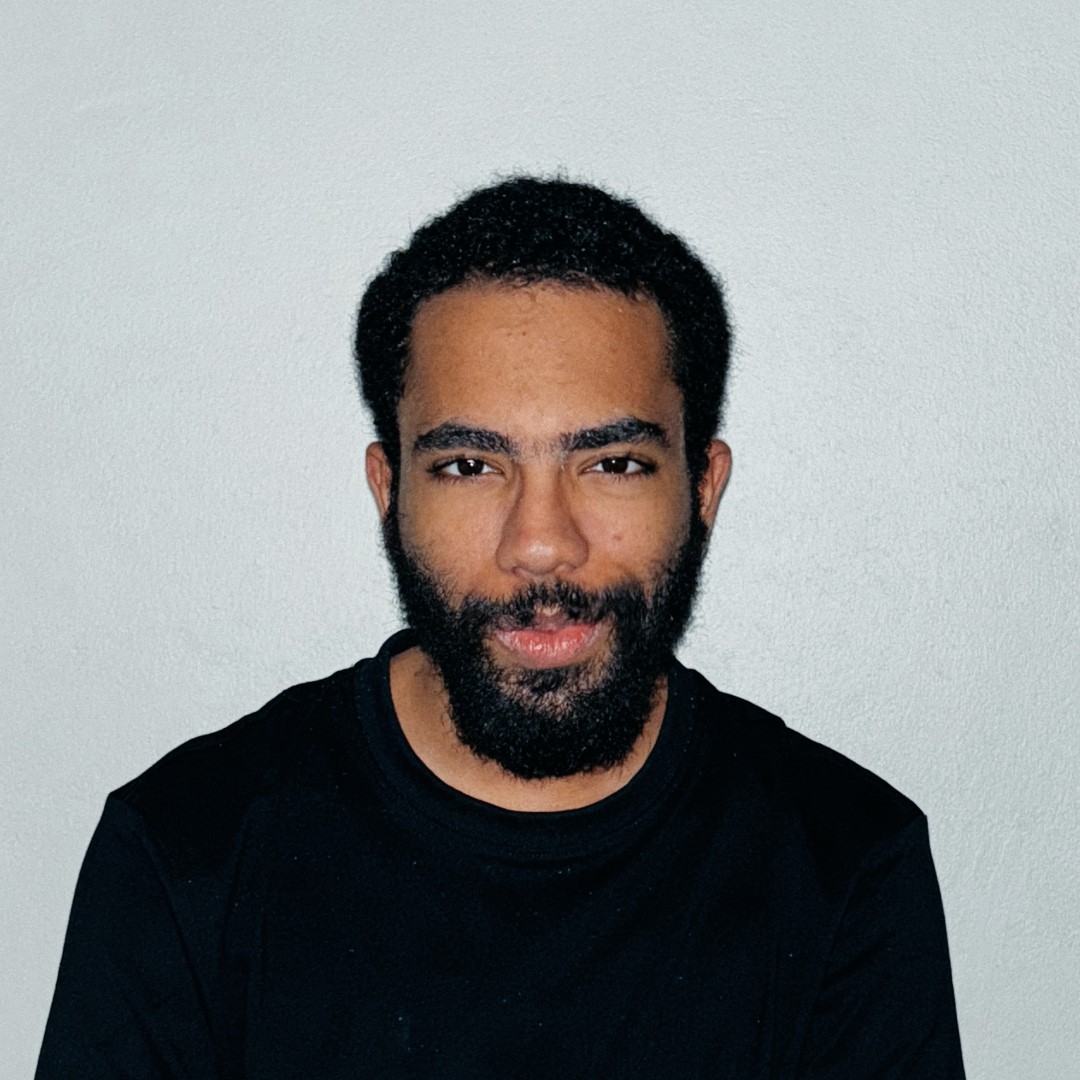
Without a sustainable system in place, even the most successful artists find themselves at risk of being replaced the moment their engagement dips. Major labels offer stability, funding, and industry connections, but they also come with compromises. As Ma3azef music journalist Cheb Rocky put it, “Big labels don’t always create the best music—they create what sells.” Labels tend to prioritize low-risk investments in developing markets—artists who fit existing moulds, who can be easily marketed, who align with global commercial trends. “Big labels only care about identity and some other meaningless stories more than the music. They always try to keep artists stuck in the cycle of streaming platform and social media algorithms,” he continues. This creates a homogenization effect. Artists who sign with major labels may find themselves subtly reshaped to fit the industry’s vision of success. Some make it work, but others lose the very qualities that made them stand out in the first place, and lose favour with audiences.
“Even if an emerging rapper manages to overcome the first set of obstacles and secure the support of distribution agencies that double as record labels, they often encounter new challenges when it comes to transitioning from street rap to market-ready hits. The artist becomes disheartened as they struggle to find a support system that can help them navigate this transition and stay true to their unique style and voice,” Stefanie adds.
Compounding this issue is the fact that, in the MENA region, sustaining a career solely on streaming payouts is nearly impossible. Streaming payouts here are about one-tenth of what they are in the US or Europe. If you have 100,000 monthly listeners in the UK, you’re making a living. In MENA, that number means you’re struggling. In Jordan, an artist makes around $993 per million streams, while in Lebanon, it’s about $2,031—figures that pale in comparison to what artists in Europe or North America earn. This financial fragility pulls many artists into label contracts that offer big advances in exchange for an album or a string of singles.
Recognizing these shortcomings, some industry leaders have begun rethinking the dominant model. “Everyone is starting to realize that their return on investment needs to have a longer tail. So now they’re shifting towards artist development,” says Abou Fakher. The logic is simple: a longer, more stable career means more long-term revenue for both artists and labels. But in practice, this shift still exists within an industry that demands relentless engagement and adaptation. “And whilst everyone in the industry is rightly concerned with testing sustainable business models that guarantee revenue in parallel to fostering artist development, the scene is stagnating and going through a creative dry spell,” says Stefanie. “Our few A-listers have become increasingly focused on targeting regional audiences and managing the business aspects of their career. While this is a natural progression for any successful artist, their releases have become scarce.”
And now in 2025, music lives in a world where listening habits are digital and attention spans are shorter than ever. Social media dominates, and the algorithm dictates visibility. Success isn’t just about making music—it’s about fighting for space in an online landscape where relevance is fleeting. A TikTok campaign, engaging visuals, and a strong social presence are now essential. This requires teams to manage multiple moving parts, as the system demands constant output. To stay relevant, you have to stay active. You have to create a narrative, a lasting imprint in people’s minds—because the music alone isn’t always enough anymore.
Abou Fakher elaborates, “Artists need to ask themselves: Who am I beyond the music? What do I stand for? If they can’t answer that, they won’t last.” In an environment where success hinges on personal branding and the ability to build a movement around one’s work, artists who focus solely on the music risk becoming invisible once the initial hype fades. The strongest artists, “make fans feel like part of a movement, not just listeners of a song,” says Abou Fakher.
This model works for mainstream pop acts backed by major industry support, but music isn’t something that can be produced on an assembly line. This digital, brand-centric landscape comes at a cost. The pressure to constantly define and redefine oneself leads to burnout and a cycle where artists either overextend themselves or fall short of maintaining that multifaceted presence. When an artist’s identity is too intertwined with the mechanics of virality—when every move must serve the dual purpose of creative expression and marketability—the risk of fading away increases dramatically.
“There are many artists who don’t want to follow the industry rules, so they have to work on their own. But that means they won’t get what they want—whether it’s fame, money, or opportunities,” says Cheb Rocky. Many choose to remain independent, rejecting major labels and refusing to mould themselves into content creators. Yet, without backing, they often find themselves locked out of key opportunities—whether it’s festival slots, sponsorship deals, or playlist placements. They may retain full creative control, but at what cost? The industry is structured to reward those who engage with it, leaving those who resist struggling for visibility.
There’s an unspoken expectation that artists must be more than just musicians—they have to be brands, content creators, and entrepreneurs. This shift places a huge burden on artists who entered the industry simply because they loved making music. The moment an artist has to think about algorithms, engagement rates, and sponsorship potential, their creative process shifts.
It often forces artists to choose between independence and opportunity. For some, the trade-off is worth it. For many, it isn’t, and they quietly fade away. “Some artists disappear because they choose to. Maybe they realize this industry isn’t for them. Maybe they want to engage with music on their own terms,” says Abou Fakher. “Even The Beatles decided to stop touring and become a studio band. Some artists simply redefine how they want to exist.”
As the MENA music industry expands, it borrows structures from Western markets—major labels, streaming-driven rollouts, and brand-backed sponsorships. But these structures weren’t designed for the realities of local music economies. “The industry that is growing in our country is coming from the West, but it doesn’t always fit our music,” says Cheb Rocky. The Western model assumes a well-established touring circuit, strong publishing rights, and consistent revenue streams. In MENA, those foundations don’t fully exist yet, leaving many artists in a state of limbo—tempted by industry promises but without the infrastructure to actually sustain careers.

Having a team to handle the moving parts should, in theory, free up the artist—but as they grow, so do the stakes. The more they develop, the more they have to manage outside of music to sustain their status. Adjusting to the realities of celebritydom when they once just made music can be draining.
Artist manager and scene veteran Tarek El-Mendelek highlights the toll of “making it”: “One of the biggest challenges I see is sustaining good mental health long-term. Between releasing, promoting, creating content, shooting music videos, touring, and doing press, it’s all so draining. I feel some artists lose themselves.”
The sheer speed at which the industry operates leaves little room for rest or creative experimentation. Artists who once made music purely for the sake of expression now find themselves caught in an endless cycle of production, promotion, and performance.
Take Marwan Pablo’s exit in 2021. At the peak of his career, he announced he was quitting music, citing personal and spiritual reasons. While he later made a comeback, his absence was proof of how exhausting the industry had become. As the industry evolves, artists must keep up—not just with music, but with the growing demands of branding, marketing, and business. There’s more to navigate than ever, and much of it isn’t about the music itself.
The conversation around balancing commercial success with artistic integrity is ongoing, but something shifts when making music becomes about meeting commercial expectations, “staying relevant,” and maximizing all your revenue streams.
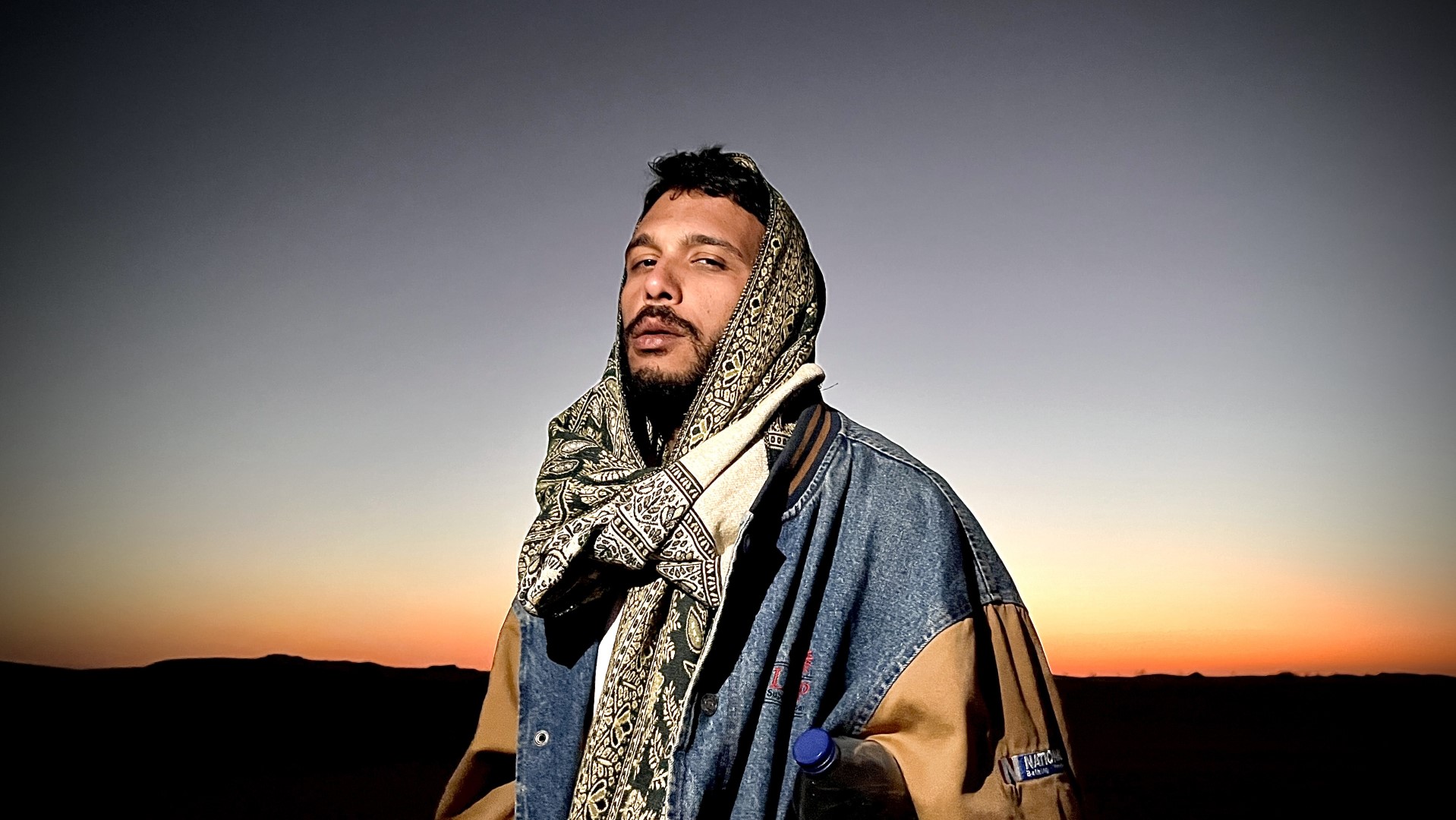
This cycle isn’t new. It’s a pattern that has played out time and time again across different genres and eras. “The history of pop music is a series of grassroots movements, where creation starts as free and unconditional. Because it’s authentic and true, it resonates with people on a deep level—it reflects their fears, dreams, inner angels and demons. But once the industry takes notice, it capitalizes on this raw energy, absorbing artists into a machine that prioritizes the ‘who’ and the ‘how much’ over the ‘why’ and the ‘what,” says artist Youssef ElBeshlawy.
This raises a bigger question: Can a truly sustainable system be built when every step toward “development” seems to add another layer of demands and consumption? At its core, music is an act of creation—something that exists because it needs to, because an artist feels compelled to say something, to shape sound into meaning. The ultimate goal is to express and connect. Yet, the industry increasingly insists that success hinges on constant reinvention, measured by engagement metrics and commercial milestones.
In theory, a more sustainable system would provide artists with financial stability, a supportive infrastructure, and the freedom to explore their creativity without the pressure to constantly churn out hits. But in practice, every new level of development seems to impose additional requirements—more branding, more marketing, more strategic planning—that ultimately pull artists away from their core creative impulses.
In this context, the challenge is not simply about building a sustainable financial model or infrastructure; it’s about redefining what development means. True development should empower artists to remain true to their art while providing the stability to grow organically. It’s about finding a balance between commercial viability and the freedom to create without being consumed by the system. Ultimately, if the system continues to demand constant consumption and endless output, then even well-intentioned development efforts risk becoming another level in a never-ending game—one that may ultimately undermine the very art it aims to preserve.

This is where the tension lies. The industry needs music to be consumable, repeatable, and profitable. But music, in its purest form, isn’t designed to serve those needs. It’s emotional, unpredictable, and often deeply personal. When music is industrialized, it is streamlined to remove friction, to make it more palatable to the widest audience possible. And in doing so, it often loses its edge, its rawness, its ability to challenge and disrupt.
While the disappearing artist syndrome is a real issue, solutions must exist, right? Sustainable funding models, fair compensation, and stronger community support are essential to ensuring artists don’t vanish after their first big break. “We need better infrastructure, insurance for artists that their art and rights are protected, and more flexibility when it comes to masters, splits, and shares—along with more education on artist development and sustainability,” says Tarek El Mendelek. Initiatives that provide long-term financial backing, mentorship, and industry reform could change the landscape.
The story of disappearing artists isn’t just about music—it’s about the economy, the region, the way we consume and discard everything, not just art. Music careers vanish because the system wasn’t built to hold them, the same way industries collapse and cities expand and trends fade. What if the music industry’s biggest issue isn’t its lack of infrastructure, but the fact that it’s just a reflection of the world it exists in?
For more stories of regional music, like this dive into The Disappearing Artist Syndrome, visit our dedicated section and keep an eye on our Instagram.
